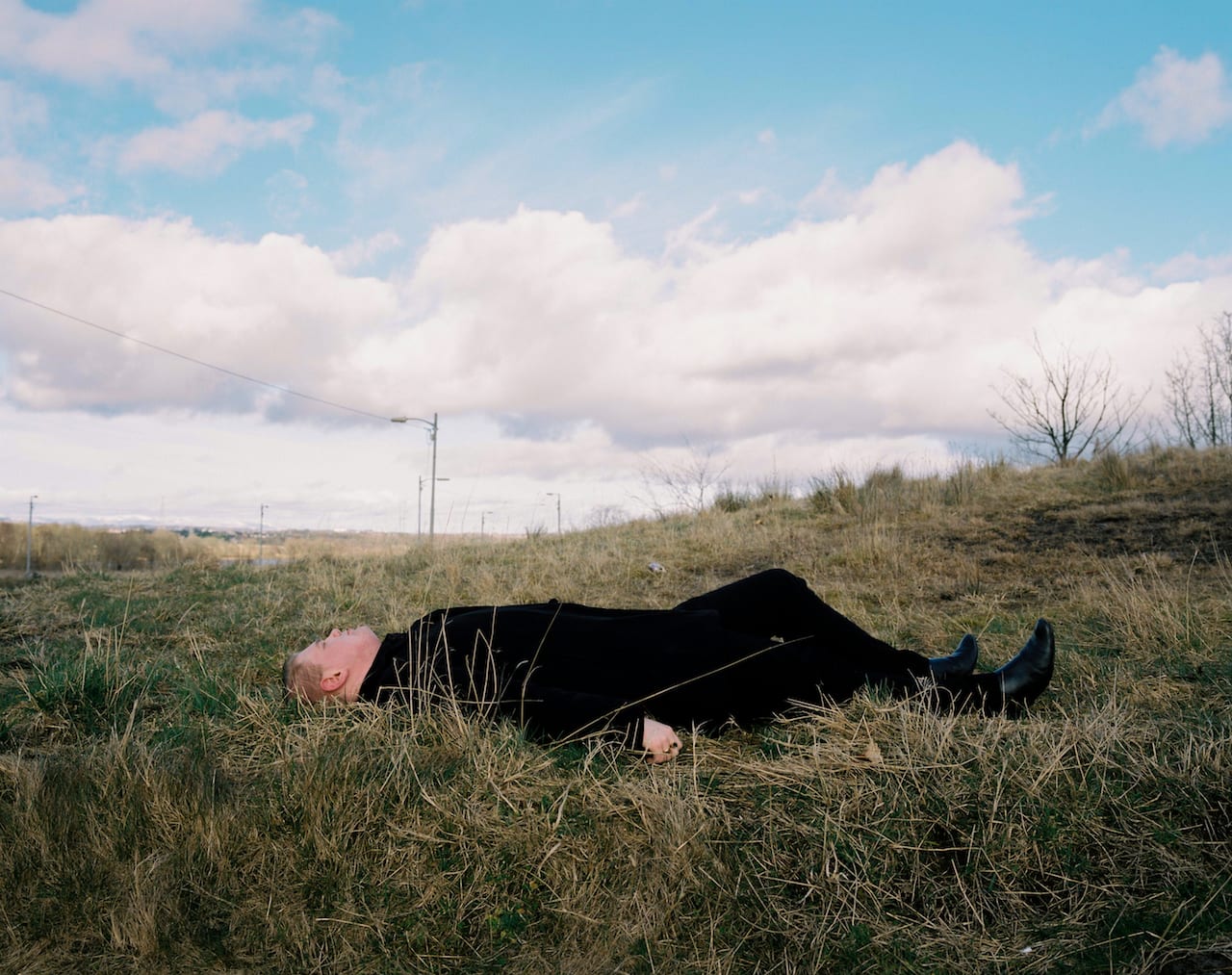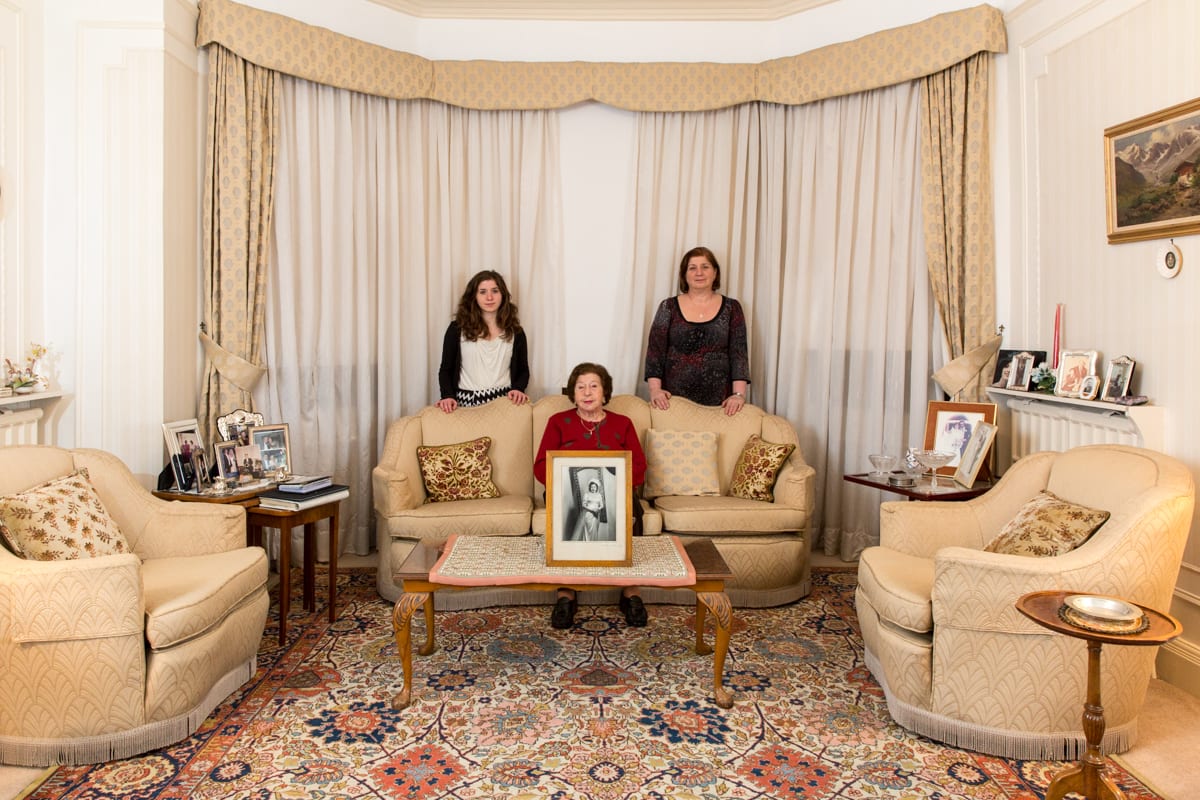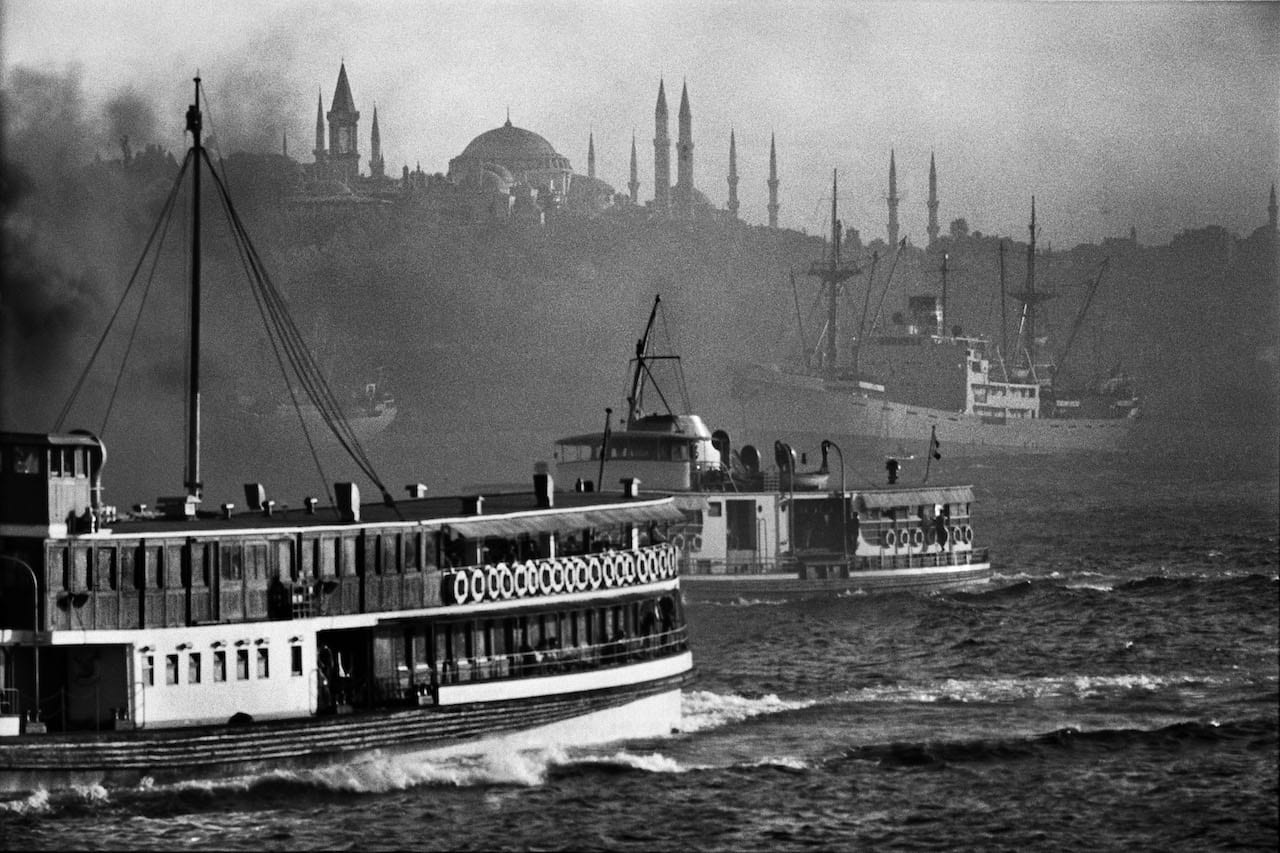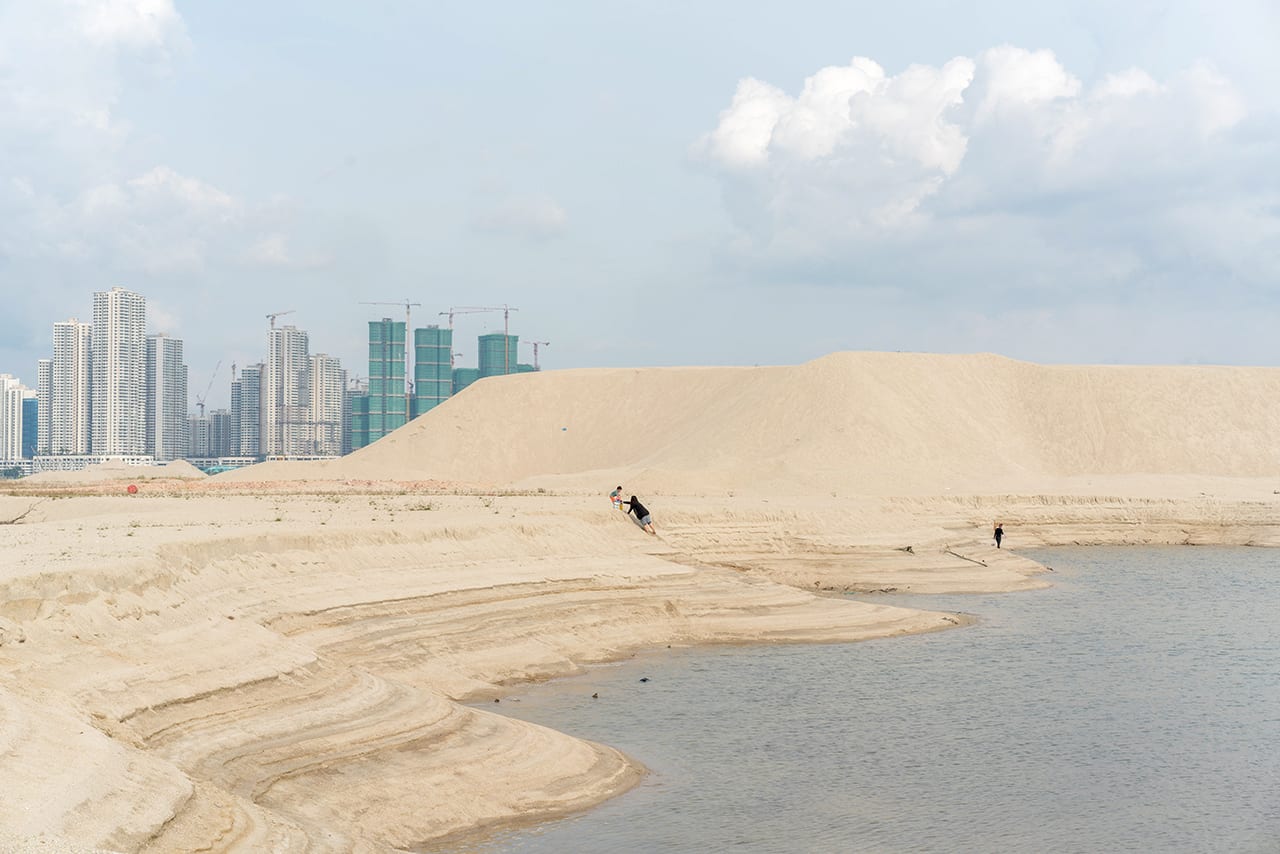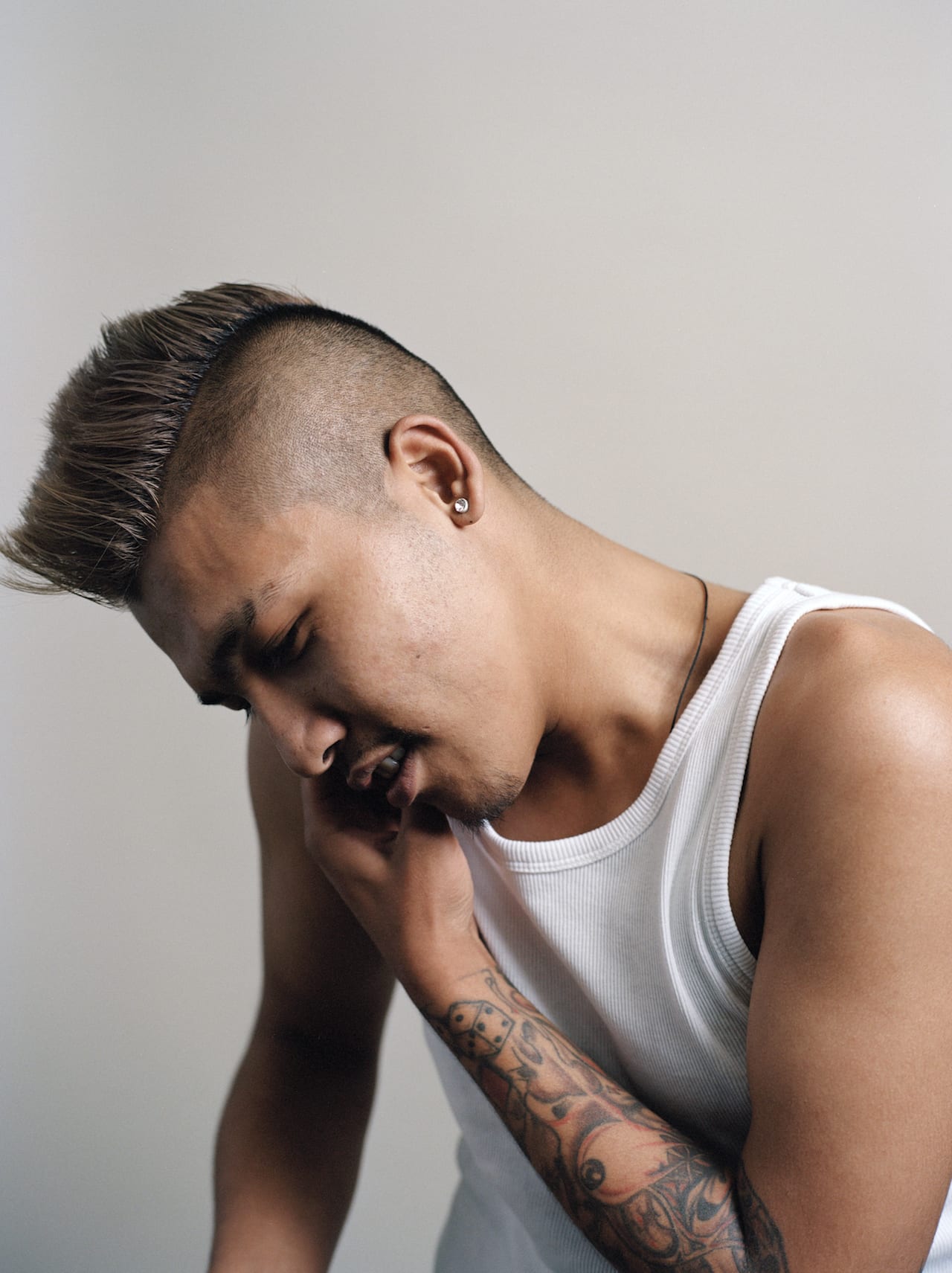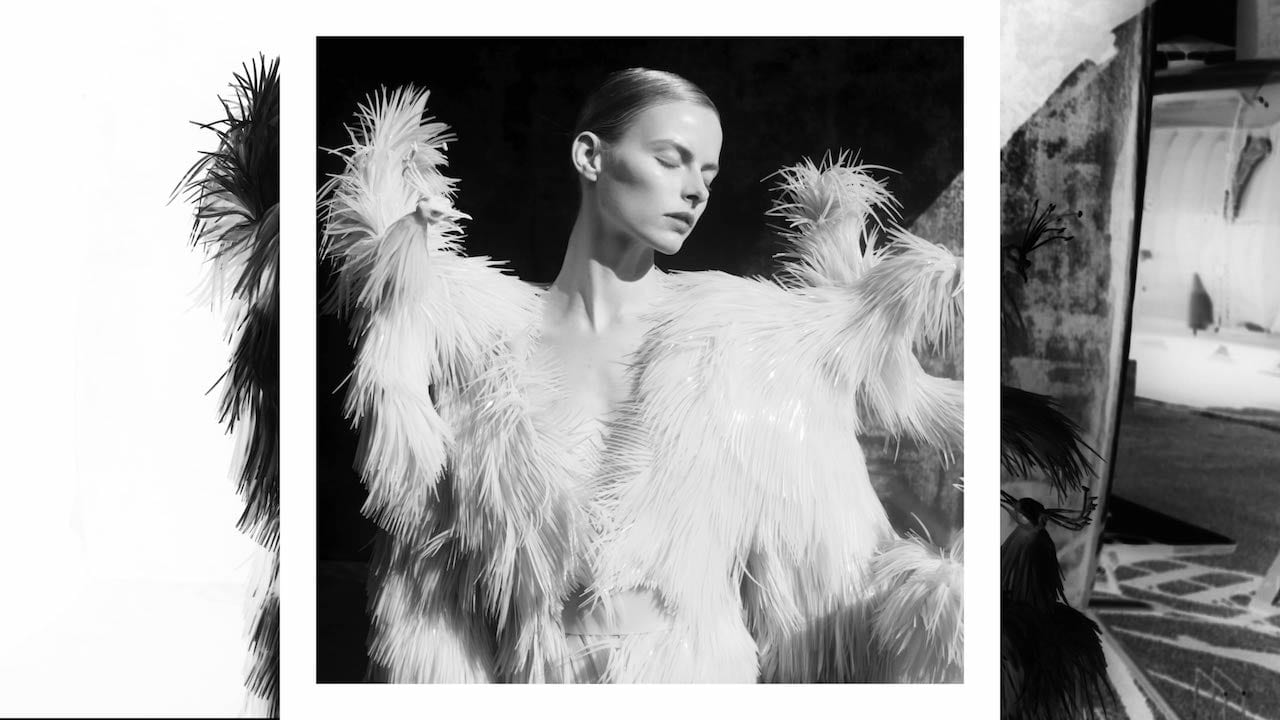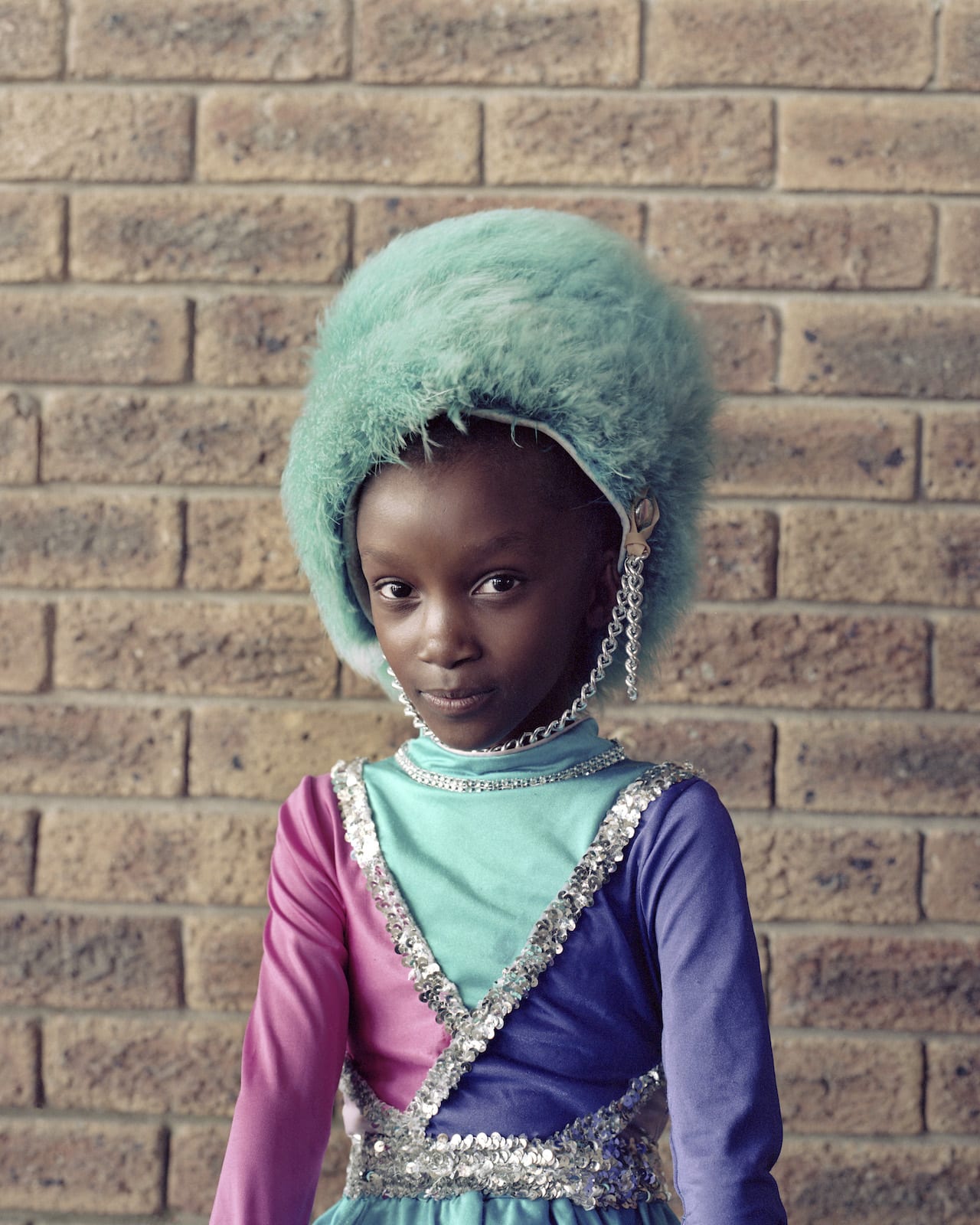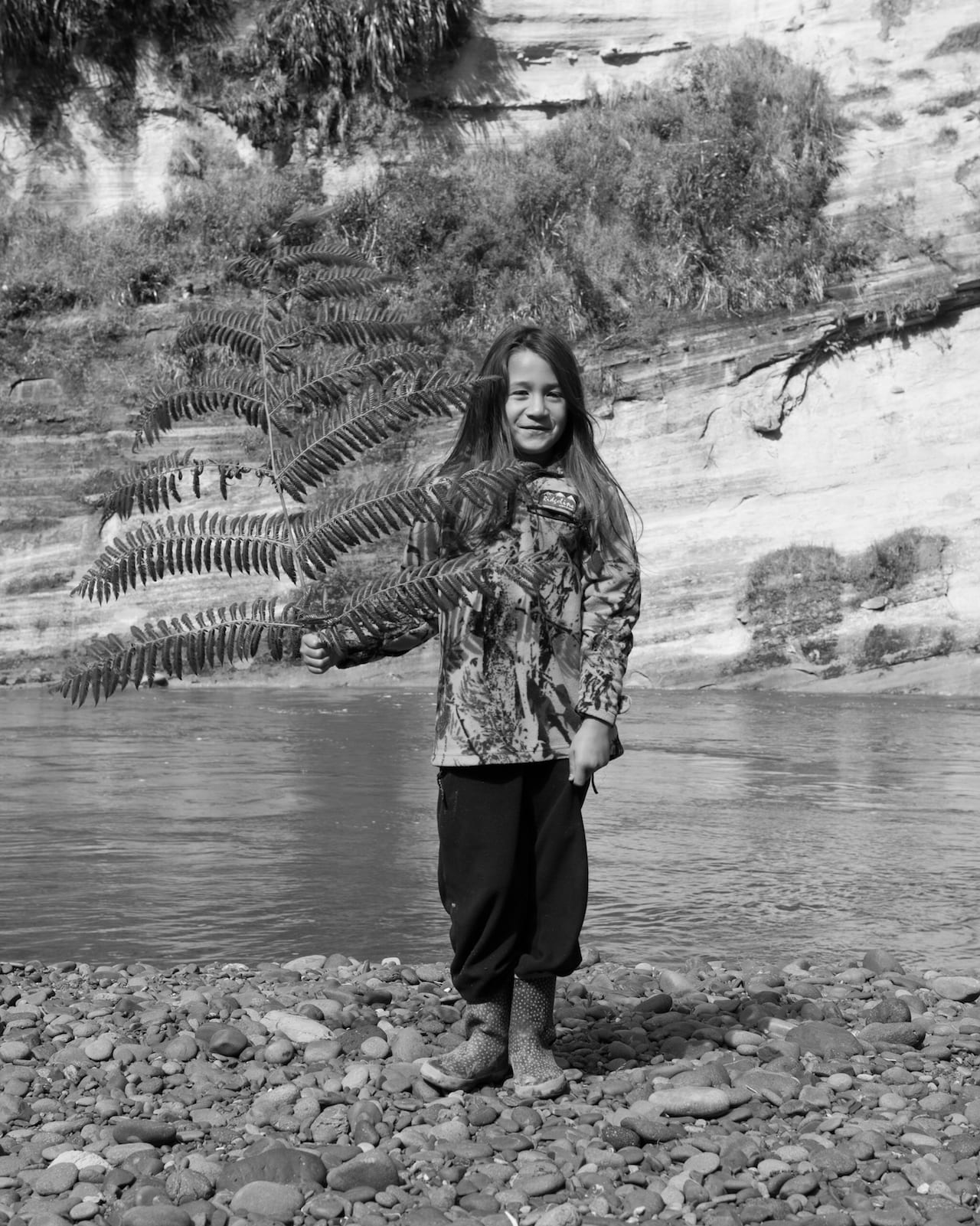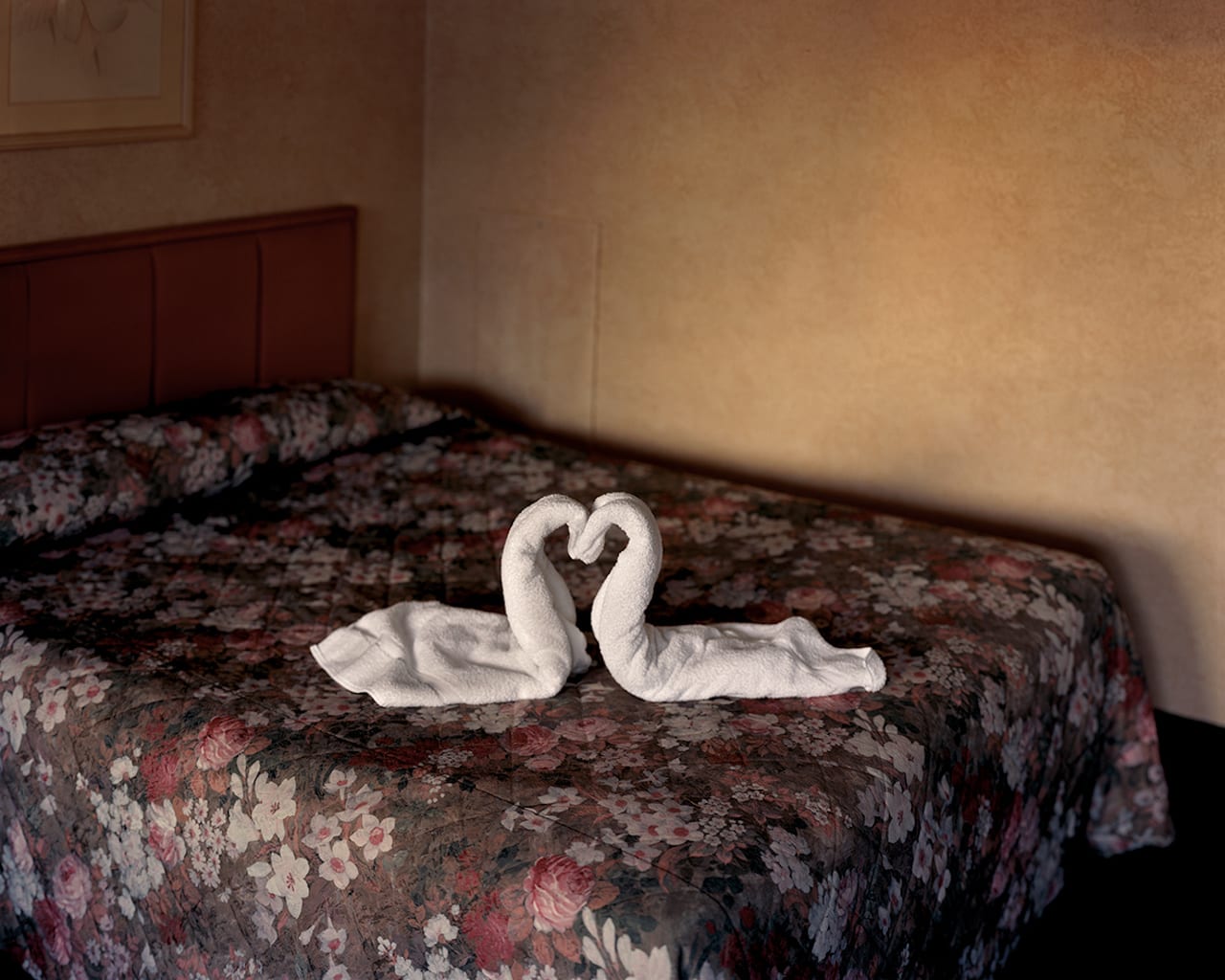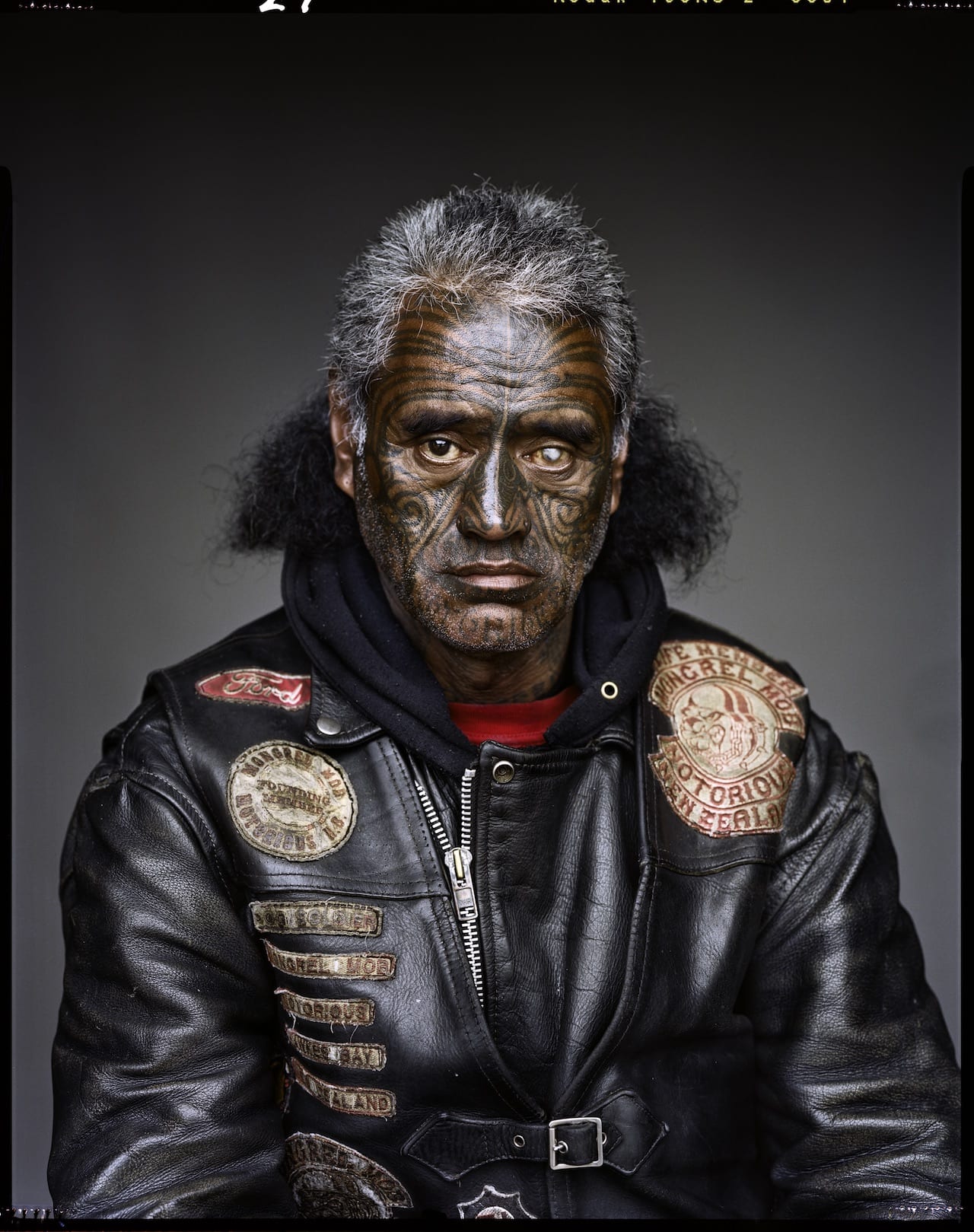Invisible Britain, a forthcoming book of portraits, shows people who have been left out of the media narrative and left behind by government policy – people who for whatever reason fell on hard times, and found there was little or no support, beyond what they might be able to set up for themselves. Running through the book are references to austerity, the programme of public spending cuts introduced in the UK after the recession, and the impact it’s had on the people here – whether it’s in the lack of support for the full-time carer Greg, who ended up committing suicide, or the patchy probation offered to Matt, who’s spent the last decade falling in and out of prison. The spectre of Brexit also looms, and the uncertain future, but all too obvious intolerance, it’s brought in its wake.
